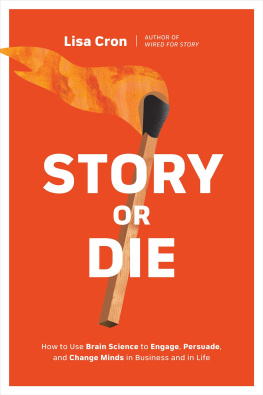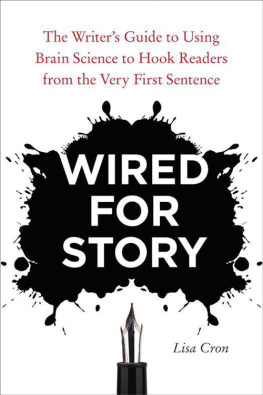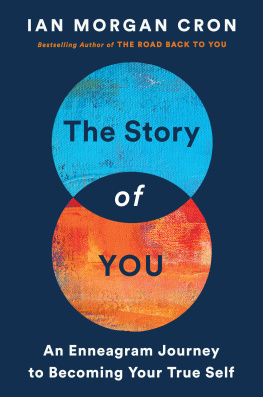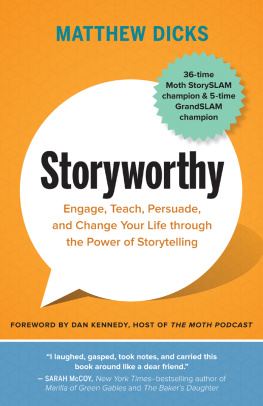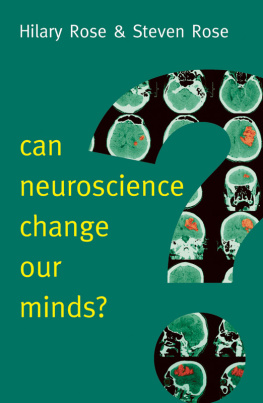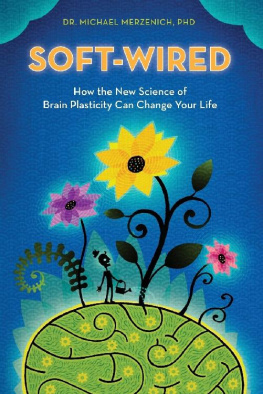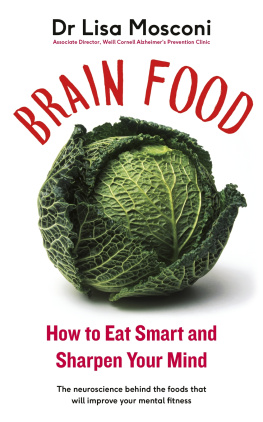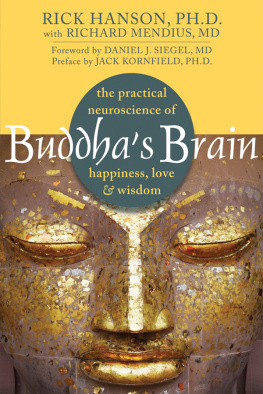Lisa Cron - Story or Die: How to Use Brain Science to Engage, Persuade, and Change Minds in Business and in Life
Here you can read online Lisa Cron - Story or Die: How to Use Brain Science to Engage, Persuade, and Change Minds in Business and in Life full text of the book (entire story) in english for free. Download pdf and epub, get meaning, cover and reviews about this ebook. year: 2021, publisher: Potter/Ten Speed/Harmony/Rodale, genre: Religion. Description of the work, (preface) as well as reviews are available. Best literature library LitArk.com created for fans of good reading and offers a wide selection of genres:
Romance novel
Science fiction
Adventure
Detective
Science
History
Home and family
Prose
Art
Politics
Computer
Non-fiction
Religion
Business
Children
Humor
Choose a favorite category and find really read worthwhile books. Enjoy immersion in the world of imagination, feel the emotions of the characters or learn something new for yourself, make an fascinating discovery.
Story or Die: How to Use Brain Science to Engage, Persuade, and Change Minds in Business and in Life: summary, description and annotation
We offer to read an annotation, description, summary or preface (depends on what the author of the book "Story or Die: How to Use Brain Science to Engage, Persuade, and Change Minds in Business and in Life" wrote himself). If you haven't found the necessary information about the book — write in the comments, we will try to find it.
Lisa Cron: author's other books
Who wrote Story or Die: How to Use Brain Science to Engage, Persuade, and Change Minds in Business and in Life? Find out the surname, the name of the author of the book and a list of all author's works by series.
Story or Die: How to Use Brain Science to Engage, Persuade, and Change Minds in Business and in Life — read online for free the complete book (whole text) full work
Below is the text of the book, divided by pages. System saving the place of the last page read, allows you to conveniently read the book "Story or Die: How to Use Brain Science to Engage, Persuade, and Change Minds in Business and in Life" online for free, without having to search again every time where you left off. Put a bookmark, and you can go to the page where you finished reading at any time.
Font size:
Interval:
Bookmark:
Acknowledgments
I owe an immense debt of gratitude to so many people without who Id still be thinking about writing this book, you know, tomorrow, or when Im rested, or when Mercury is out of retrograde. In other words, a week from never. Instead, its done, thanks to the wisdom, encouragement, and insight of a cadre of embarrassingly generous souls.
First, thanks to Carrie D. Clarke, who sat next to me at dinner during a writers conference in Albuquerque three years ago, leaned over, and suggested I write this book, and whose encouragement, feedback, and wisdom helped immeasurably when I started writing.
Thank you to Mark Rovner for suggesting the title years ago when I was trying to come up with a title for a talk I was giving to a group of scientists about how crucial story is to getting your point across. Without missing a beat he said, call it Story or Die.
Thanks to story guru Andy Goodman, who suggested I use the story of Sport Club Recife to open the book.
Heartfelt thanks to my dear friend, Lynda Weinman, for her unfailing support and for generously sharing her story.
Thanks to Noah DeVico, for diving wholeheartedly into the story behind his dont text and drive video, answering every question I had with infectious gusto.
Thanks to Jane Praeger, for long conversations about the real-world power of story.
Thanks to Jason Benlevi, for deep, strategic insight when it comes to storytelling in the corporate world, and even more for being my friend since we were ten; love always.
Writing is a lonely business, and I would have been totally lost without the support, encouragement, and general all around good cheer of an amazing group of friends and writers, including Kirsten Coon, Scott Wilbanks, Sharon Baker, Rebecca Pekron, Michelle Tellez, PJ Arnn, Cynthia Anderson, Amit Chatwani, Michelle Fiordaliso, Joan McCabe, Caroline Leavitt, Sara Cron, Jim DeVico, Ally Cron-DeVico, Nick Cron-DeVico, Eden Sher, Jeff Kindley, Louise Kindley, Mona Friedman, Francis Phipps, and Stephanie Grimac.
Special thanks to Colin Kindley, Julia Bauman, Chris Nelson, three exceptionally gracious writers who read an early draft and gave me astute feedback at the very moment it was most needed.
Hearty thanks to Nathan Fox, director of the MFA in Visual Arts Program at the School of Visual Arts, for the hours we spent dishing about story. I will always deeply love the way you gleefully told students that I didnt like the word creative because its so damn conceptual; what does it mean, really?
Thanks to Daisy Cron-Kindley, whose love of storiesespecially about bad doctor, the secret dastardly antics of the cat in the hat, and the horrors of fluffkeeps me on my toes and makes all the work worthwhile.
Endless undying thanks to my daughter, Annie, a spellbinding storyteller herself, who read draft after draft (even the early, embarrassing ones), and always found the kindest way to point out the biggest glitches. To my son, Peter, who has shaped and sharpened my ideas more than anyone else: thank you for your brilliant insights, many of which, I admit, I have shamelessly stolen.
As always, deep heartfelt thanks to Jennie Nash, who with laser focus helped me get to the point, over and over. Endless gratitude to freelance editor Susan DeFreitas, who not only saw the big picture I was after, but with searing clarity helped me ease it onto the page.
One of the most terrifying things that can happen in the publishing process is losing your editor. This book was championed and acquired by my long-time editor at Ten Speed Press, the whipsmart Lisa Westmoreland, who shepherded my first two books into the world. But just before I turned in the final manuscript, she wrote to say shed decided to stay home with her new baby, and I was getting a new editor. My stomach fell. It meant a stranger was inheriting my book, someone with their own projects, who suddenly had to make time for a book they had not acquired, and work with a writer they did not know. That couldnt be good.
Oh, but it was. Because that editor turned out to be the inimitable Matt Inman. Matts insanely insightful feedback made all the difference. He understood exactly what I wanted the book to be, and with grace, grit, sage wisdom, and a wicked sense of humor, helped me get there. Plus, we both love Dirty Dancing; who could ask for more?
All thats well and good, but none of it would have been possible without my flat out brilliant agent, Laurie Abkemeier, who once again made this process so much easier than I dared dream: profound everlasting thanks and downright awe.
And finally, thanks to my lifelong best friend, Don Halpern. We started arguing the day we met; heres hoping we never stop. Lastly, undying thanks and boundless gratitude to my stalwart husband, Stuart Demar, who was my anchor throughout the writing of this book and always had dinner ready on timeits finally finished, now we can let our hair down.
About the Author

Lisa Cron is a story coach, speaker, and the author of Wired for Story and Story Genius. She has previously worked as a literary agent, a television producer, and a story consultant for Warner Brothers and The William Morris Agency, among others, and currently advises writers, nonprofits, educators, and journalists on the art and craft of story. Cron has also served on the faculty of the School of Visual Arts MFA program in visual narrative and, since 2006, has taught in the UCLA Extension Writers Program. She lives in Santa Monica, California, with her husband, two perpetually shedding cats, and a delightfully distracting little dog.
STORY OR DIE IS NOT A METAPHOR
Consciousness begins when brains gain the powerthe simple power, I may addof telling a story.
ANTONIO DAMASIO, NEUROSCIENTIST
Several years ago I was hired by a small school district in New Jersey to help its teachers incorporate story into how they taught writing. Id like to say the superintendent brought me in because he knew that until you understand story, writing is an empty exercise. But that wasnt why. Id like to say he brought me in because he knew that understanding story is the foundation of critical thinking. Nope. Although he knew both to be true, the reason he brought me in was because their standardized test scores were low, and he thought if the students learned how to wield the power of story it might help boost their scores.
I soon learned what I was up against. Testing was something every teacher detested, and forcing kids to memorize data for those tests was, across the board, their bane. In my first meeting with the staff, one frustrated 5th-grade teacher said that he spent months teaching kids things theyll never, ever need to know because, hey, its on the test. Another said he flat out admits to the kids, Listen, youll never use 90 percent of this in real life, and after the test you can forget it, but we gotta do it anyway. At least he was honest, he said, so they could roll their eyes in unison at the thought of memorizing endless lists of quantifiable facts solely because they were going to be tested on them.
Quantifiable is the key wordand therein lies a heartbreaking irony. We can test only for what is quantifiable, and so we learn to prize data above all else precisely because it is quantifiable. Retaining it gets us high marks on tests, trumpeting to the world that were smart. Which in turn sends a clear message: the ability to memorize data is the hallmark of intelligence.
In reality, the ability to memorize data is far less a hallmark of intelligence than something much more foundational to our success as a species, and thats the ability to make ourselves understood. Whats worse, our false belief in the power of facts is precisely what keeps so many of us from being heard.
Font size:
Interval:
Bookmark:
Similar books «Story or Die: How to Use Brain Science to Engage, Persuade, and Change Minds in Business and in Life»
Look at similar books to Story or Die: How to Use Brain Science to Engage, Persuade, and Change Minds in Business and in Life. We have selected literature similar in name and meaning in the hope of providing readers with more options to find new, interesting, not yet read works.
Discussion, reviews of the book Story or Die: How to Use Brain Science to Engage, Persuade, and Change Minds in Business and in Life and just readers' own opinions. Leave your comments, write what you think about the work, its meaning or the main characters. Specify what exactly you liked and what you didn't like, and why you think so.

